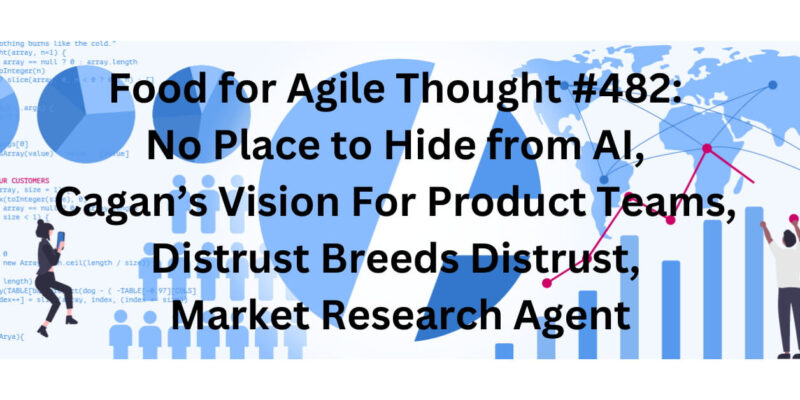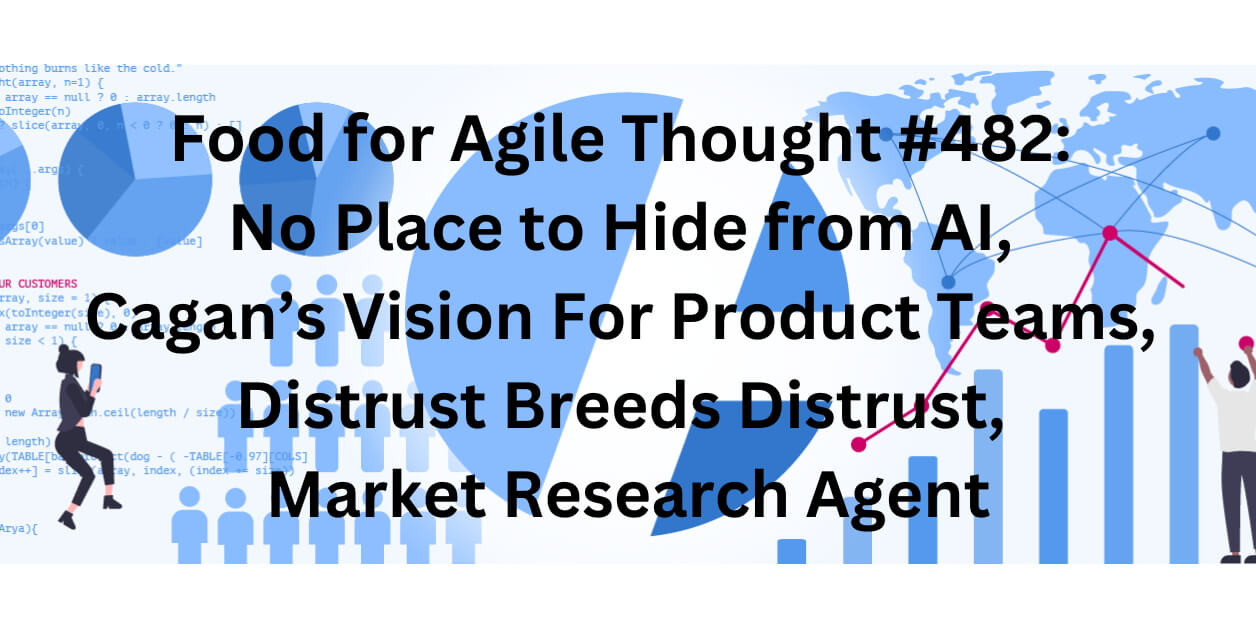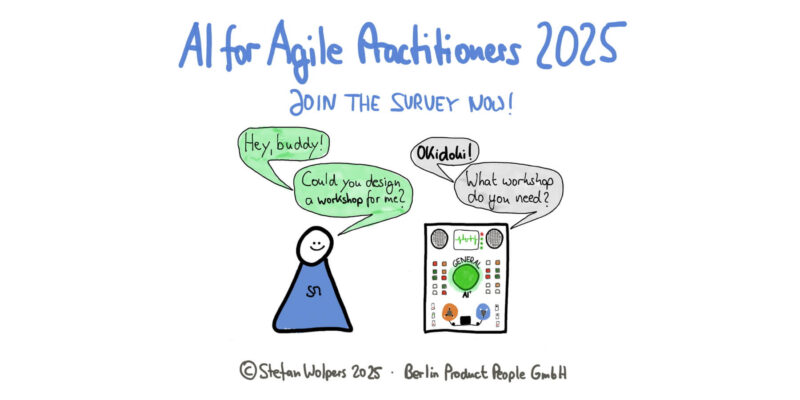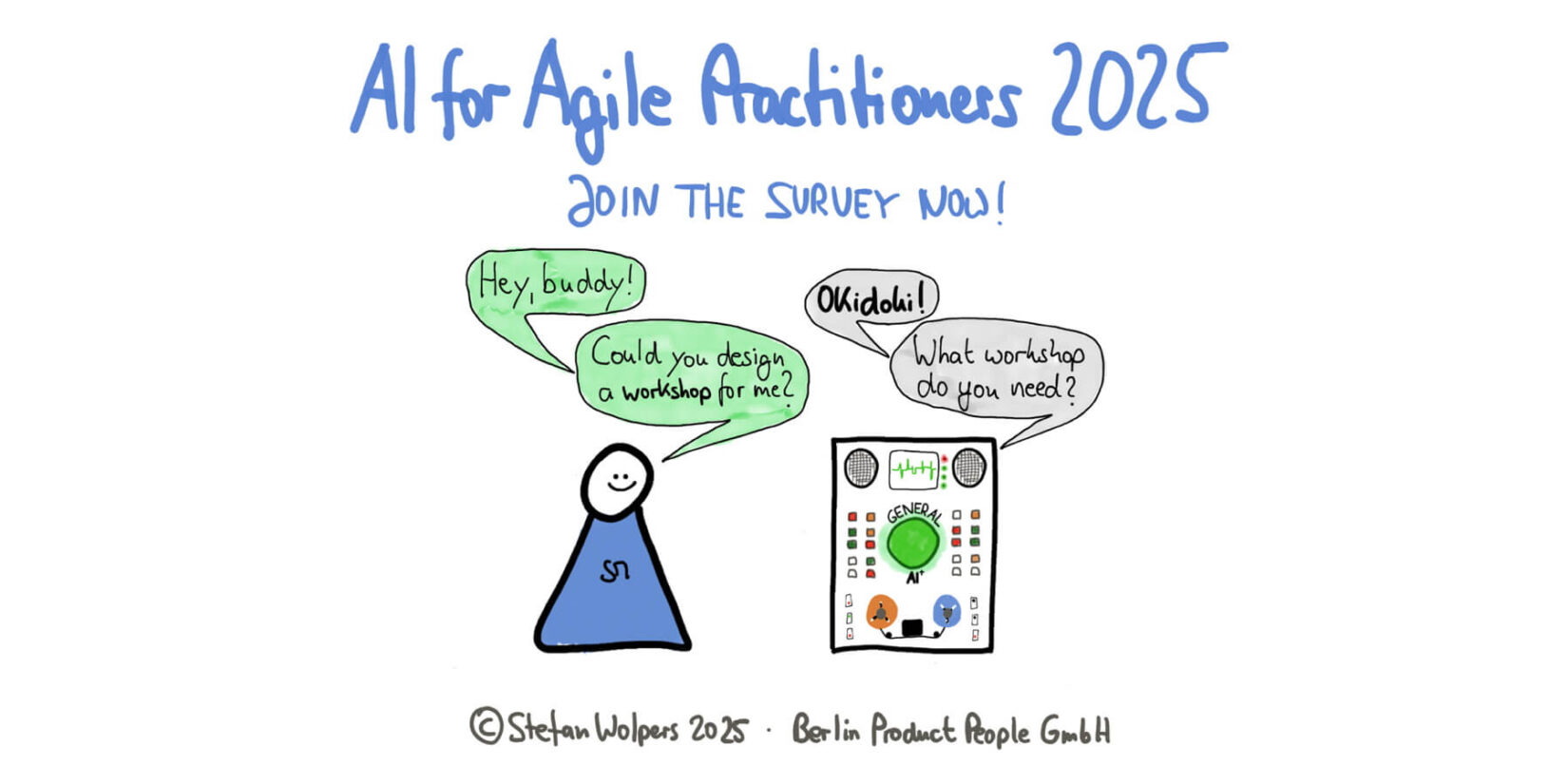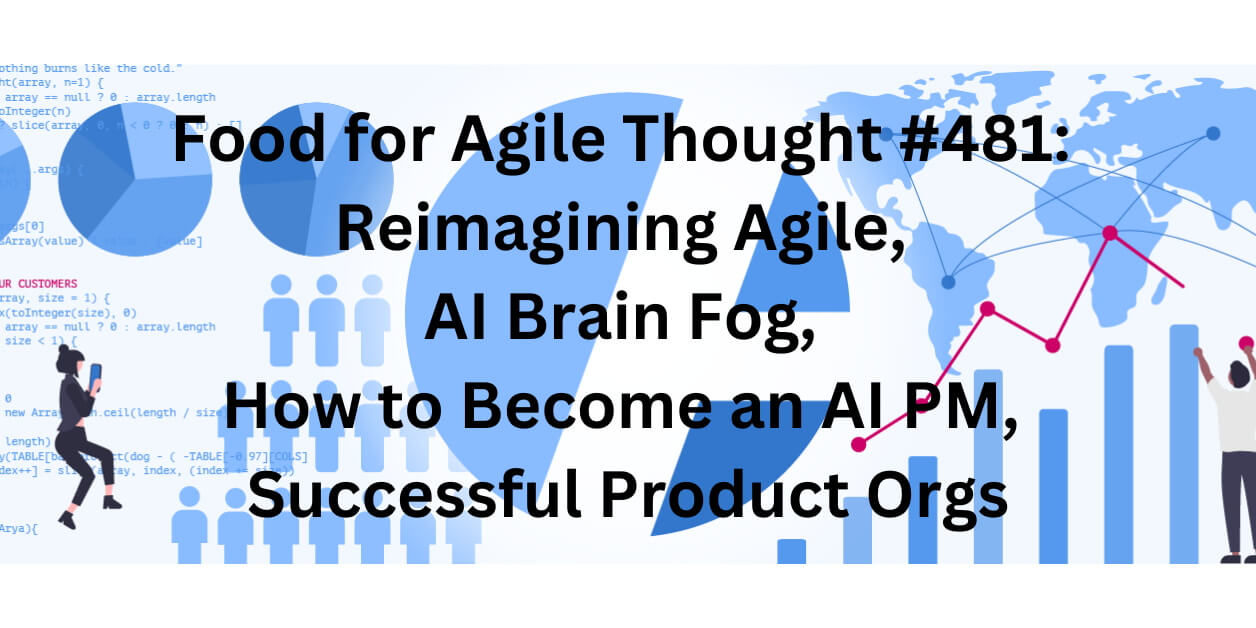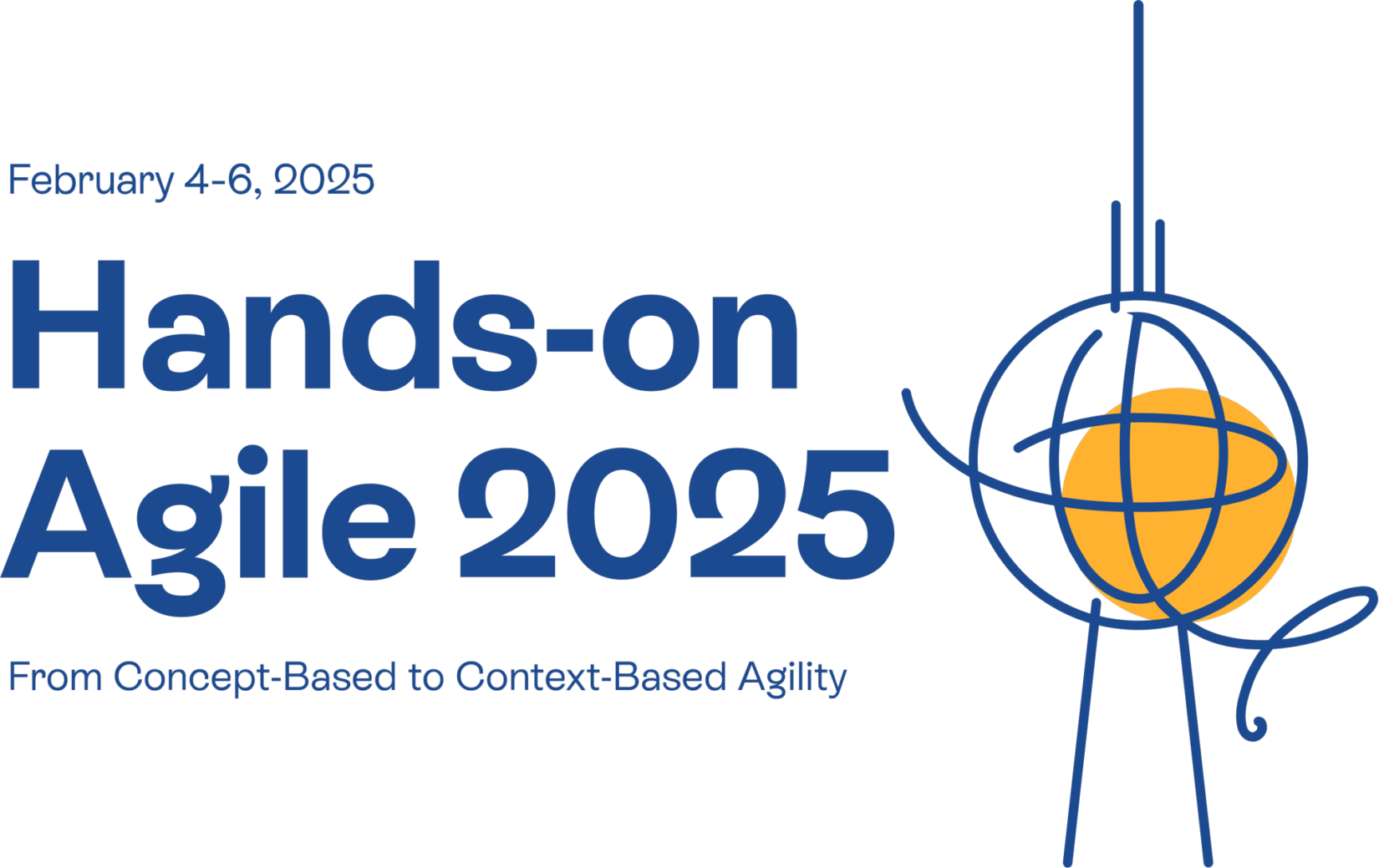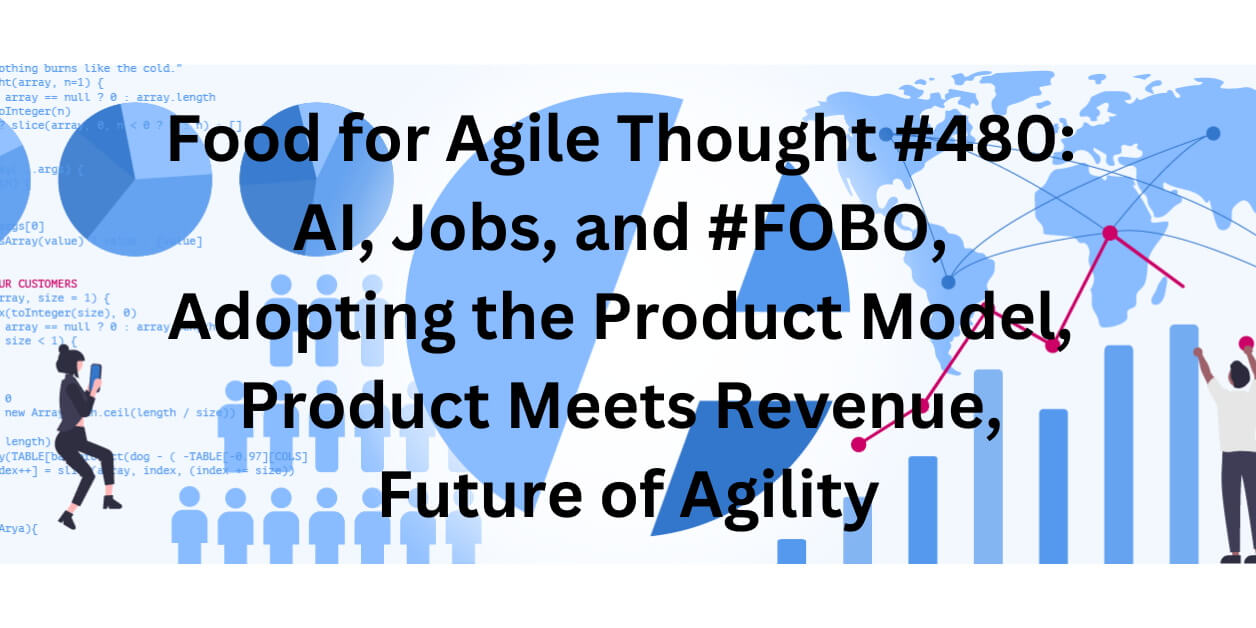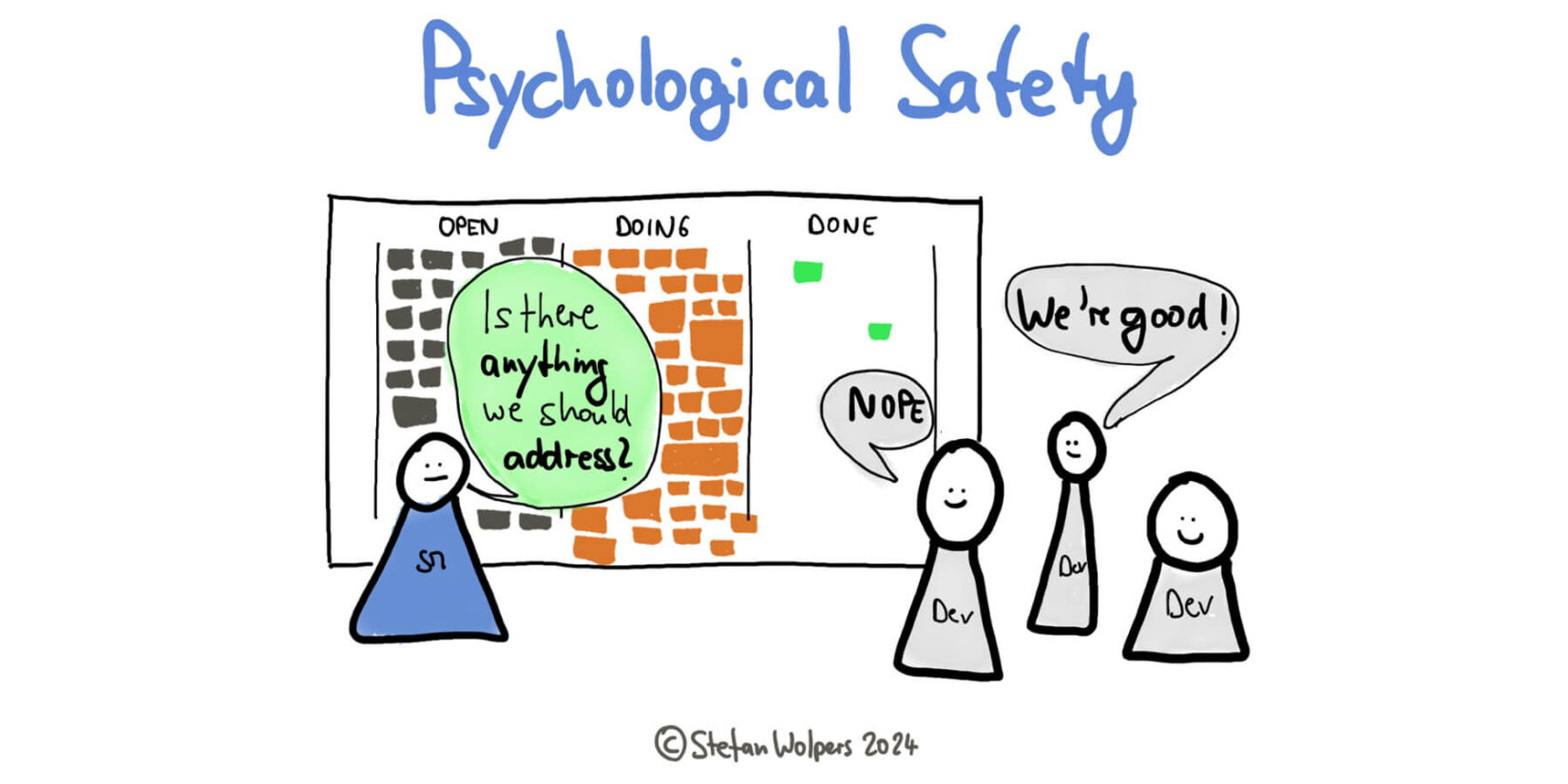TL; DR: No Place to Hide from AI — Food for Agile Thought #482
Welcome to the 482nd edition of the Food for Agile Thought newsletter, shared with 42,693 peers. This week, with no place to hide from AI, Ethan Mollick explores the rapid rise of Claude 3.7 and Grok 3, urging leaders to rethink AI’s role beyond simple automation, while Dan Shipper and Alex Duffy assess GPT-4.5’s improved emotional intelligence but persistent hallucinations. Maarten Dalmijn warns against distrust’s bureaucratic cycle, advocating for trust-driven leadership, while Swizec Teller critiques failed rewrites, emphasizing iterative refactoring over disruptive rebuilds. Moreover, Eduardo Baptista, Julie Zhu, and Fanny Potkin highlight DeepSeek’s AI ambitions, raising regulatory concerns, and Ben Thompson examines AI’s evolution, semiconductor risks, and U.S. policy shifts.
Next, Marty Cagan envisions AI-driven product teams shrinking to three key roles—PM, designer, and engineer—as automation reshapes discovery and delivery. Leah Tharin and Tal Raviv discuss AI’s evolving role in product management, urging PMs to experiment with contextual AI tools. Des Traynor outlines essential product review questions, emphasizing AI reliability, impact assessment, and iteration. Jenny Wenger shares lessons from building the Product Culture Blueprint Drafter, highlighting AI automation, prompt engineering, and product operations’ evolving role.
Lastly, Zvi Mowshowitz analyzes Grok 3’s strengths, including speed and Twitter integration, while addressing its hallucinations, biases, and xAI’s struggle to patch its vulnerabilities. Paweł Huryn introduces Deep Market Researcher, an AI agent streamlining product managers’ market research and strategic planning, while Avantika Gomes advocates adaptability in product roadmaps, highlighting Figma’s iterative approach. Finally, Ash Maurya challenges the obsession with experimentation, arguing that strong explanations and thought experiments are essential for validating business models before costly testing.

